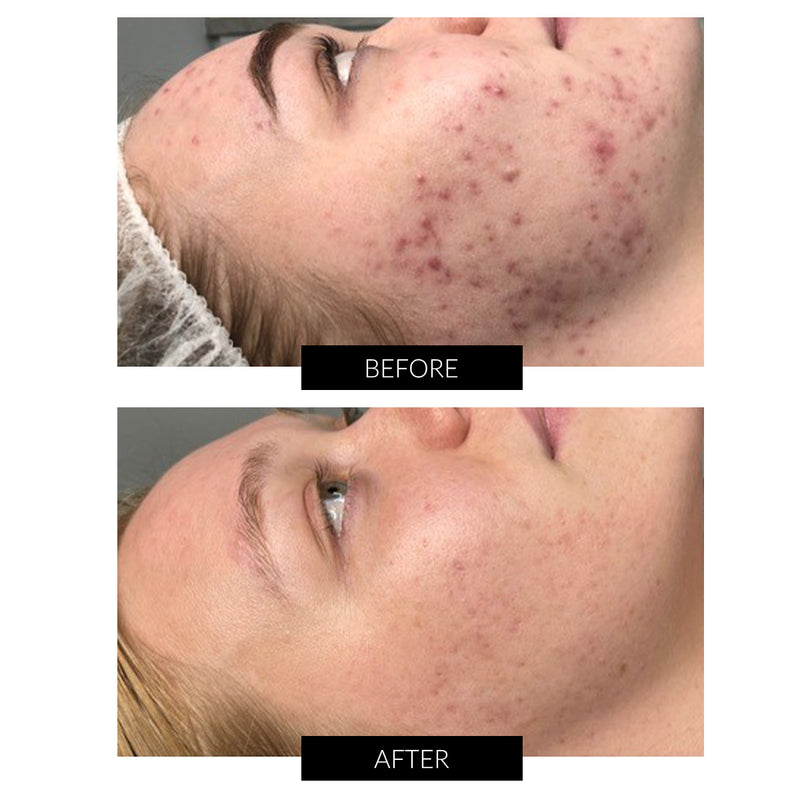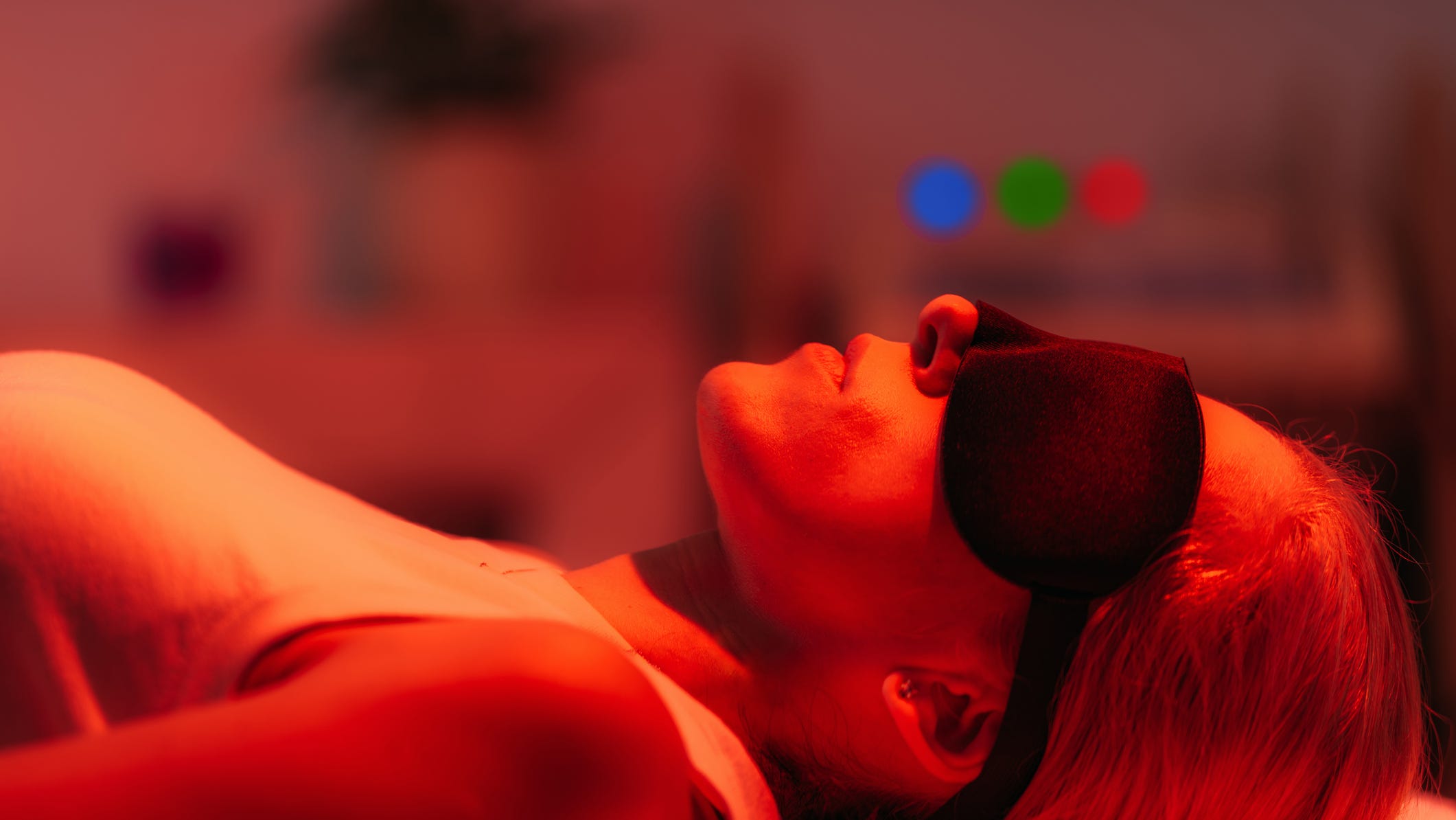Photobiomodulation Laser Applications in Modern Medicine
Wiki Article
Opening the Potential of Photobiomodulation: A Promising Method for Healing Treatment
Are you interested about the capacity of photobiomodulation for restorative intervention? By targeting specific cellular procedures, photobiomodulation has actually shown possible in increasing injury recovery, minimizing discomfort, and promoting cells regrowth. In this introduction, we will explore the devices of activity, applications in medicine, and the present evidence supporting the efficiency of photobiomodulation.Recognizing Photobiomodulation
To comprehend photobiomodulation, you need to realize the idea of how light therapy can straight impact mobile processes in your body. Photobiomodulation, additionally understood as low-level light treatment, is a non-invasive treatment that makes use of specific wavelengths of light to boost biochemical reactions in your cells.The restorative effects of photobiomodulation are significant and have actually been studied thoroughly in various medical areas. It has actually shown promising outcomes in promoting tissue fixing and regeneration, reducing swelling, easing discomfort, and enhancing wound recovery. Photobiomodulation has been located to have a positive effect on neurological problems, such as stressful brain injury and stroke, by stimulating neural activity and advertising neuroplasticity.
Among the vital advantages of photobiomodulation is its security account. Unlike various other treatments, photobiomodulation does not generate any heat or cause tissue damage. It is a non-invasive and painless procedure that can be carried out in a scientific setup and even in the convenience of your very own home with making use of portable devices. However, it is very important to keep in mind that photobiomodulation ought to be provided by skilled experts or according to the maker's directions to make sure ideal outcomes and safety and security.

Mechanisms of Activity
In comprehending the mechanisms of action, you will certainly uncover exactly how photobiomodulation directly affects cellular procedures with specific biochemical responses. When light is put on the body, it is taken in by chromophores, such as cytochrome c oxidase and flavins, which exist in the mitochondria. This absorption brings about a cascade of events that ultimately cause mobile changes.Photobiomodulation boosts the task of cytochrome c oxidase, a critical enzyme in the mitochondria that is included in the electron transport chain. As an outcome, cellular metabolic rate is improved, advertising tissue repair work and regrowth.
Additionally, photobiomodulation has actually been revealed to modulate mobile signaling paths. It activates different development elements and signifying particles, such as nitric oxide and reactive oxygen species, which play essential duties in procedures like angiogenesis, inflammation, and cell proliferation. These signaling paths add to the healing effects of photobiomodulation, promoting tissue recovery and lowering pain and inflammation.
Applications in Medication
Discover the considerable applications of photobiomodulation in medicine. Photobiomodulation, also referred to as low-level light therapy, is a non-invasive therapy that utilizes light to promote and boost mobile procedures recovery. In medicine, this method has shown appealing outcomes throughout numerous areas.Among the main applications of photobiomodulation is in discomfort administration. photobiomodulation laser. It has been utilized to relieve both persistent and intense discomfort, including musculoskeletal conditions, neuropathic discomfort, and post-operative discomfort. By targeting the afflicted area with particular wavelengths of light, photobiomodulation can decrease inflammation, promote cells fixing, and give alleviation
Additionally, photobiomodulation has shown potential in injury recovery. It can increase the recovery process by enhancing cell proliferation, advertising angiogenesis, and reducing mark tissue formation. This has significant effects in the therapy of chronic injuries, such as diabetic person abscess and stress sores.
In dermatology, photobiomodulation has been utilized for its anti-inflammatory and regenerative impacts. It can enhance the appearance of marks, minimize acne lesions, and boost hair development in conditions like androgenetic alopecia.
Furthermore, photobiomodulation has actually shown guarantee in neurorehabilitation. It can enhance cognitive feature, improve electric motor healing, and aid in the therapy of neurodegenerative diseases like Alzheimer's and Parkinson's.
Clinical Proof and Research Study Findings

In the area of musculoskeletal problems, photobiomodulation has been discovered to lower pain and swelling, improve array of movement, and accelerate tissue fixing. Studies have actually shown its efficacy in treating problems such as osteo arthritis, tendinopathies, and muscle pressures. Furthermore, photobiomodulation has go to my site actually revealed favorable effects on wound recovery by advertising collagen angiogenesis, synthesis, and fibroblast spreading. This makes it an important tool in the administration of persistent injuries, diabetic person ulcers, and surgical incisions.
Moreover, research study has actually shown that photobiomodulation can have neuroprotective and try this web-site neuroregenerative impacts. It has actually been found to boost cognitive feature, minimize neuroinflammation, and boost neuronal survival and synaptic plasticity. This has vital effects for the therapy of neurological problems such as Alzheimer's disease, Parkinson's disease, and stroke.
Future Directions and Potential Challenges
Moving onward, it is crucial to think about the possible difficulties and future directions bordering the use of photobiomodulation as a healing intervention. Currently, there is no agreement on the ideal wavelength, intensity, duration, and regularity of photobiomodulation treatment.An additional essential future instructions is the advancement of economical and portable photobiomodulation tools. While current gadgets are effective, they are commonly bulky, costly, and require expert guidance - photobiomodulation. The growth of easy to use and budget-friendly tools would significantly improve accessibility to this therapy, enabling even more people to gain from its possible therapeutic impacts
In addition, future study should concentrate on illuminating the devices underlying photobiomodulation. Despite its growing popularity, the precise devices by which photobiomodulation exerts its restorative impacts are not totally recognized. Understanding these mechanisms would not only improve our understanding of the treatment yet additionally help in the growth of more targeted and effective interventions.
However, there are likewise prospective difficulties that need to be attended to. photobiomodulation therapy. These include the requirement for standard protocols, the requirement for properly designed clinical tests with bigger example dimensions, and the requirement for long-lasting follow-up research studies. Governing and safety and security factors to consider need to be taken into account to ensure the safe and reliable usage of photobiomodulation in professional method.
Conclusion
In conclusion, photobiomodulation holds great pledge as a therapeutic treatment in medicine. Its devices of action and professional evidence recommend its prospective for dealing with different problems. Additional research is needed to totally understand its benefits and resolve any possible challenges. With ongoing researches and developments in this area, photobiomodulation has the possible to unlock new opportunities for improving client end results.Are you curious about the capacity of photobiomodulation for healing treatment? By targeting specific cellular processes, photobiomodulation has shown prospective in speeding up injury view recovery, lowering discomfort, and advertising cells regrowth.In addition, photobiomodulation has actually revealed possible in injury recovery.Relocating onward, it is vital to consider the future directions and potential difficulties surrounding the use of photobiomodulation as a therapeutic intervention. With ongoing studies and advancements in this field, photobiomodulation has the possible to open new opportunities for boosting individual results.
Report this wiki page